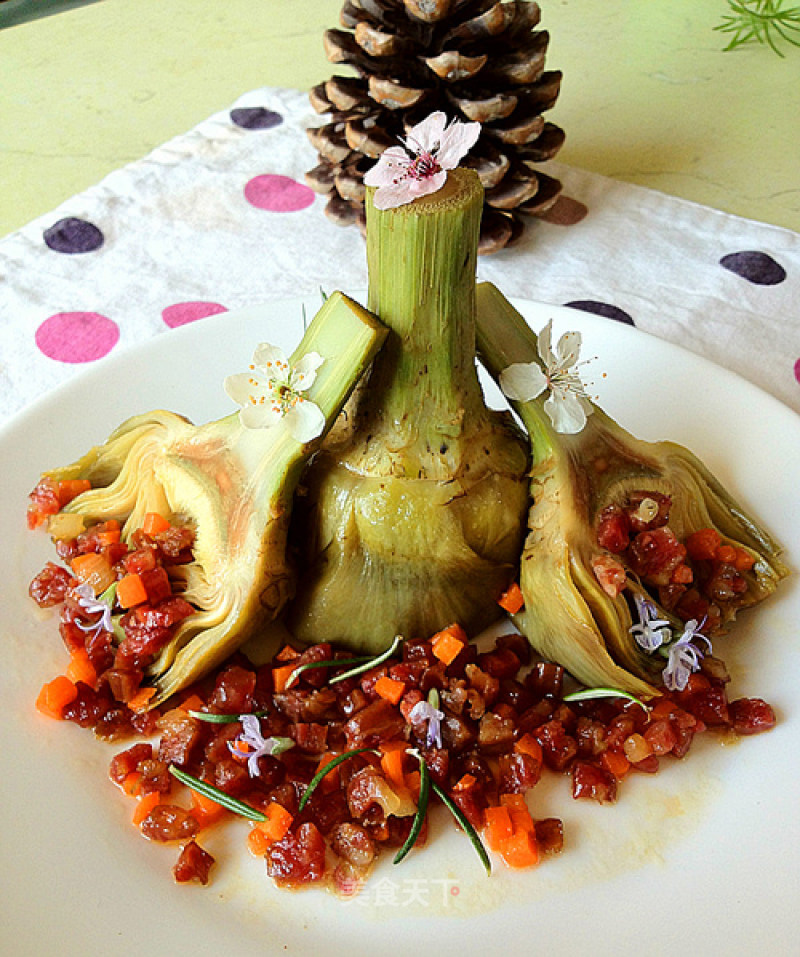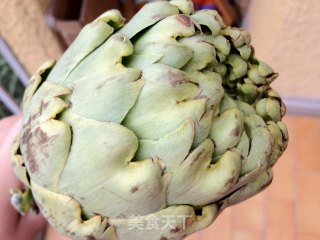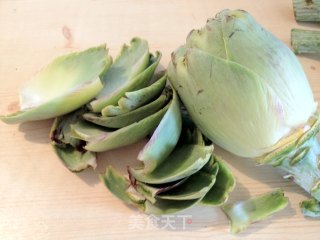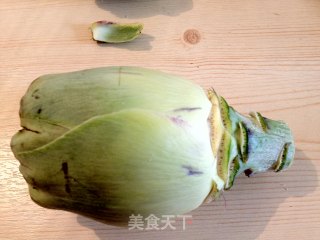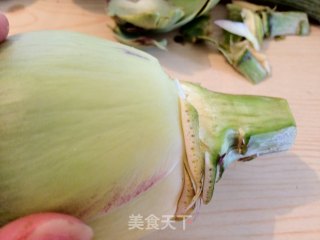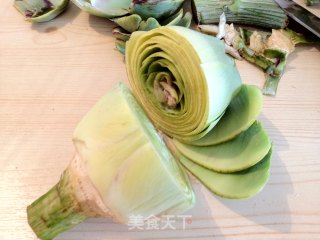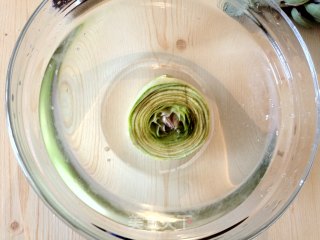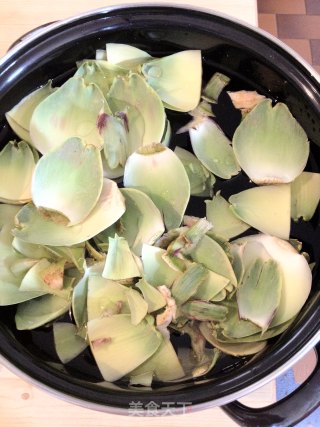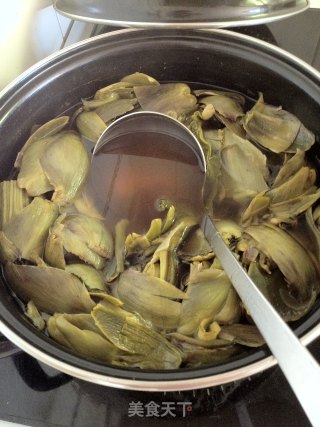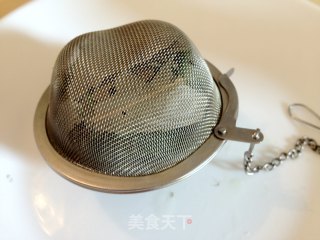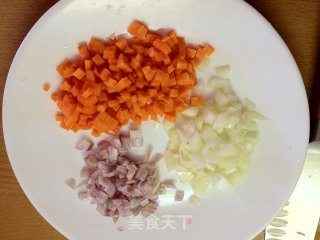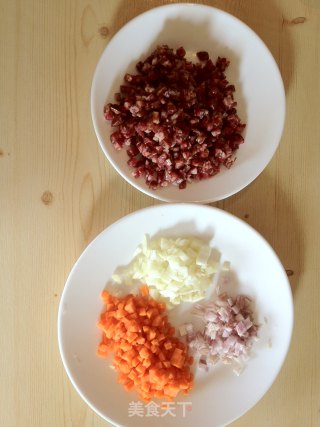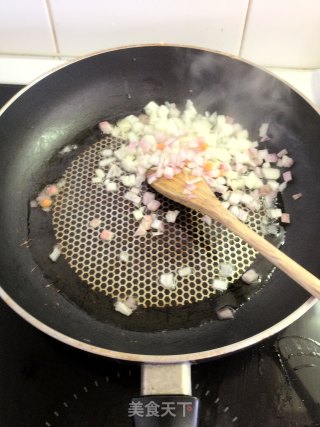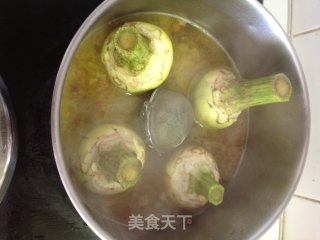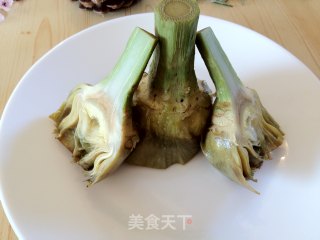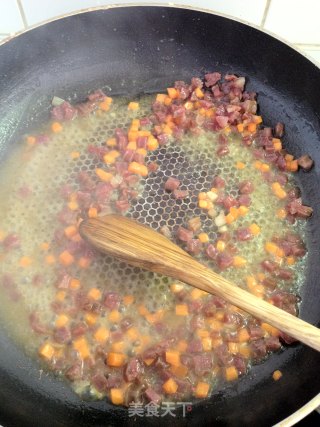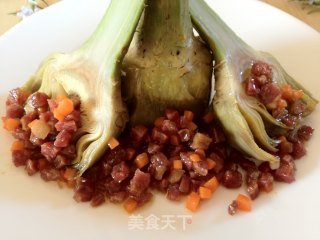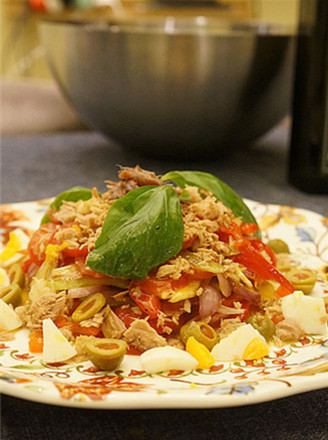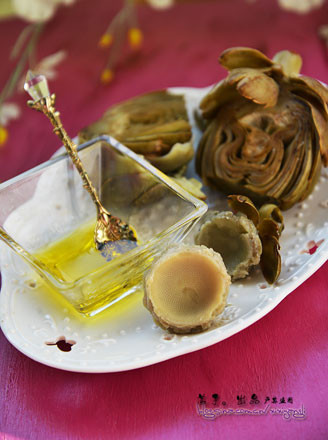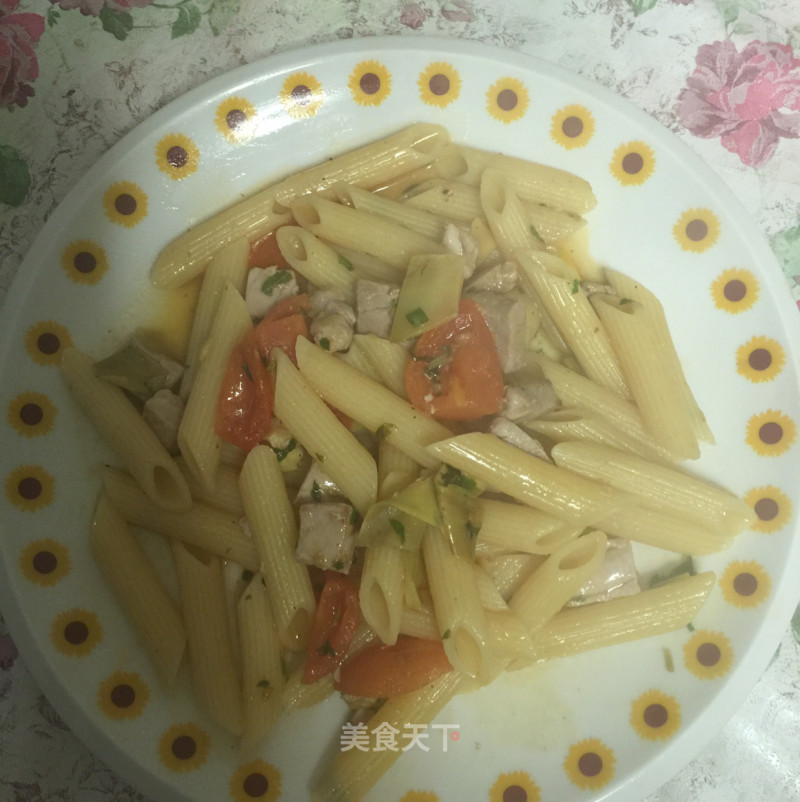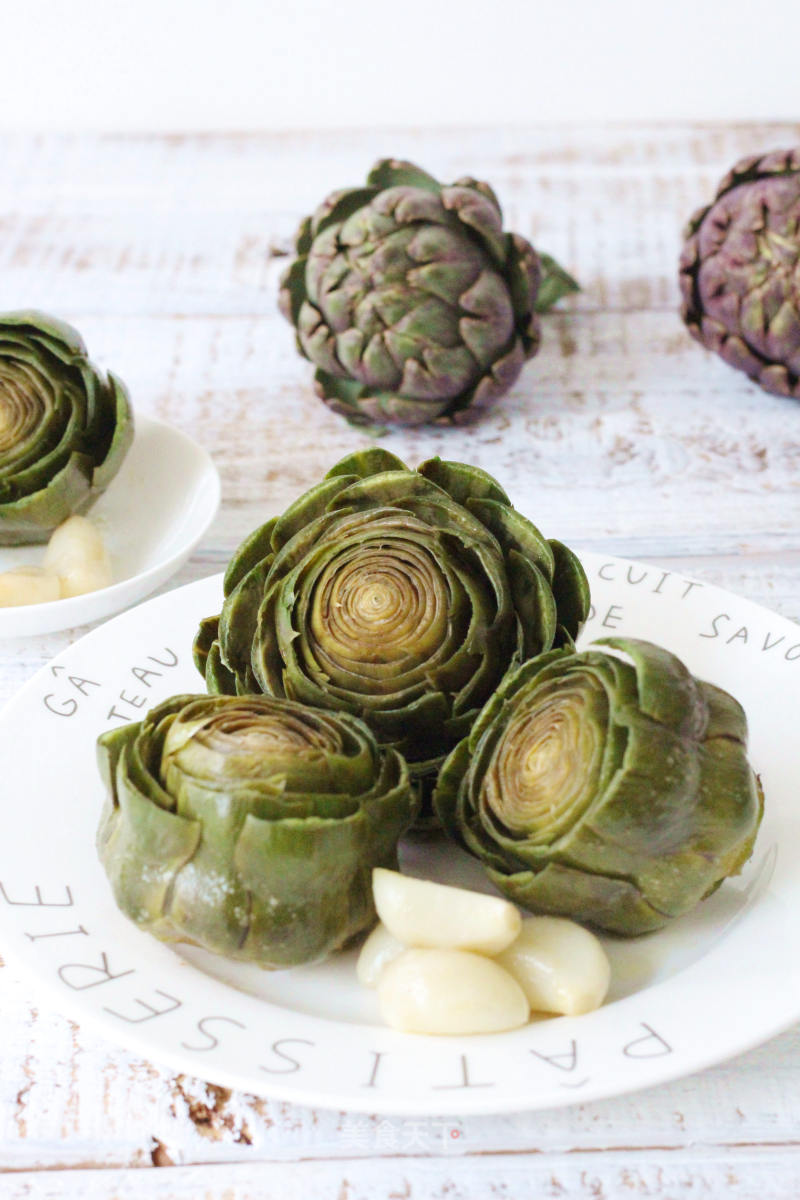The Sacred Liver Nourishing in Spring-artichoke
by barbaragaoyun
Favorite
Difficulty
Hard
Time
30m
Serving
2
Every spring, when it's the season for nourishing the liver, I, a child with a bad liver, starts various actions to replenish the liver. There are many traditional liver foods in Chinese medicine, which are not so easy to buy here, so I went to the village to follow the customs and ate artichokes, a traditional French liver food ingredient.
In China, artichokes that look like lotus lanterns in Buddhist temples are still a strange food, but in France, they are the most common and beloved vegetables. Its liver nourishing effect is also recognized, and there are many health products made of artichoke. I have been taking artichoke concentrate now, and I dare not say how amazing its effect is. After all, it is just an extract and not a quick-acting medicine. As long as it persists for a long time, it should have an effect.
The taste of artichoke is very refreshing, with the fragrance of spring wild vegetables, the entrance is a bitterness between bitter melon and tea, but the aftertaste is very sweet. The taste is like the most tender bamboo shoot tip with the skin, and it seems to have a faint floral fragrance.
The reason why artichoke is called the sacred liver nourishment, its effect is threefold:
1. Artichoke can promote liver blood circulation and promote liver cell regeneration. It can promote the recovery and improvement of liver function.
2. Artichoke has the effect of promoting the secretion and excretion of bile (called "cholergic effect" in medicine), and can promote the excretion of toxins from the body.
3. Artichoke has the effect of lowering blood lipids and cholesterol, and can promote the excretion of excess lipids in the body. "
In China, artichokes that look like lotus lanterns in Buddhist temples are still a strange food, but in France, they are the most common and beloved vegetables. Its liver nourishing effect is also recognized, and there are many health products made of artichoke. I have been taking artichoke concentrate now, and I dare not say how amazing its effect is. After all, it is just an extract and not a quick-acting medicine. As long as it persists for a long time, it should have an effect.
The taste of artichoke is very refreshing, with the fragrance of spring wild vegetables, the entrance is a bitterness between bitter melon and tea, but the aftertaste is very sweet. The taste is like the most tender bamboo shoot tip with the skin, and it seems to have a faint floral fragrance.
The reason why artichoke is called the sacred liver nourishment, its effect is threefold:
1. Artichoke can promote liver blood circulation and promote liver cell regeneration. It can promote the recovery and improvement of liver function.
2. Artichoke has the effect of promoting the secretion and excretion of bile (called "cholergic effect" in medicine), and can promote the excretion of toxins from the body.
3. Artichoke has the effect of lowering blood lipids and cholesterol, and can promote the excretion of excess lipids in the body. "

